If you're looking for makerspace ideas for libraries in elementary school, high-tech high school fab labs, or just a way to repurpose some older materials, it helps knowing how to get started. There's certainly no one specific formula for how to make a makerspace. But, over the years, we have stayed plugged in to things teachers need in terms of MakerEd technologies and guidance. While it is great to incorporate some of the more powerful options for school makerspace technology, we know that your budget is also a huge factor. And, we have become adept at helping educators find, attain, and maximize the best makerspace supplies that work for them. And, we'd love to help you launch a new makerspace or redesign the innovation area currently in your school.
Makerspaces can help educators create dynamic and real-world learning scenarios for students but they do not always have to include all the bells and whistles. For starters, it's important for teachers to narrow down the types of maker technologies they want to use. Then, they can decide what would add the most value to their space since there are so many types of makerspaces. Also, just because you have access to what's cutting-edge doesn't mean it will necessarily translate to valuable making experiences. Instead, our team focuses on highlighting productive technologies. To us, these include anything students can use to create and develop hard skills while also improving their soft skills.
Why create a school makerspace?
Maker education offers kids the chance to learn actively, fail, collaborate, design meaningful projects, and more. They can also begin to understand how to enhance their social-emotional skills by connecting with others. Within a school makerspace, they can use simple, everyday objects or state-of-the-art 3D printers to design, build, create, and invent. With more targeted guidance, however, students can start to associate makerspace experiences with expressing themselves, connecting with others, and fostering agency.
As the Maker Movement has made its way into education, educators have found certain value in hands-on maker education. And, they are wise enough to align the features, learning opportunities, and attitudes their makerspace helps foster with student development. This includes focusing on the freedom to create, encouraging collaboration, and infusing new teaching, learning, and social trends. In doing this, teachers can also create the types of makerspaces that help students connect more deeply with their projects.
Creating real-world learning experiences.
In 21st century education, a school makerspace provides such a valuable opportunity for kids to explore non-traditional learning experiences, like inventing, collaborating, tinkering, and more. We also know that there are certain curricular requirements that educators must teach in their classroom. But, we think that ignoring how STEAM tools can help do just that would be a tremendous oversight. Makerspaces give kids the freedom to utilize self-paced learning, personalize their problem solving, and try new ways of building, tinkering, and getting their hands dirty. They often just need the space and a little inspiration to get started.
So, how can you get started with designing a school makerspace? Well, one route could certainly involve familiarizing yourself with your school or district’s physical resources. Is there an extra room in your school that’s ready for repurposing? Could anyone clear it out without needing levels of monumental strength and patience? Also, connecting with other faculty members could spark some creative ideas. Often, ingenuity is important when creating makerspaces and leaning on their experience and creativity is often invaluable.
Finding impactful makerspace supplies for students.
Also, what kinds of supplies does the school or district currently have? When starting a makerspace, it’s important to look at all things—both big and small—from a lot of different angles. Sometimes, many of the best makerspace tools are low- or no-tech items. These include things like paper towel rolls, milk cartons, construction paper, glue, or empty plastic bottles. Think about whether you can find these lying around the school and how students could use them in makerspace projects.
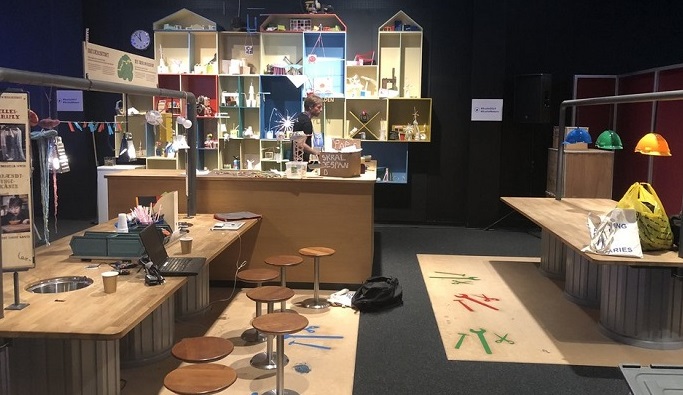
The next step would be to make a list of any additional materials that would be engaging for your students. They could also help them enjoy some physical benefits of inventing while fostering new SEL experiences. Basically, that’s how we come in. Among the assistance we can offer is recommending digital, STEAM, and MakerEd tools to use in a school makerspace. If you prefer to go low-tech with some of the simpler maker tools, like the MakeDo kits, no problem. If you want to get students’ feet wet with entry-level 3D printing without overwhelming them, the 3Doodler 3D printing pens are a great option—and we can help.
Bringing STEM learning into the school makerspace.
We’re very familiar with the latest offerings in the STEAM education space. Plus, we know how to help any makerspace leaders incorporate tools that span from circuitry kits to educational robots. The best part is that we love establishing 1-on-1 relationships with educators. We can work directly with school or district leaders to offer any kinds of consultation we can, support with tech rollouts, and provide guidance to help you create a space that’s as unique as your students. To us, it doesn’t ever really matter what stage of the makerspace adventure you’re in or how much experience you have with maker education initiatives.
All we want to do is help classroom instructors, technology specialists, and librarians create and facilitate innovative learning opportunities for students to get their hands dirty, collaborate with new people, maybe break something from time to time, and experience the thrill of putting it back together. To begin designing a school makerspace that will excite your students, we encourage you to poke around the various STEAM categories of our store, which you can find at the top of every page. If you see something you like, you can start building a quote on our site at any time (just create your Educator Discount account first and log in). Or, simply click below to contact our team of makerspace experts and we’ll be ready to work with you.




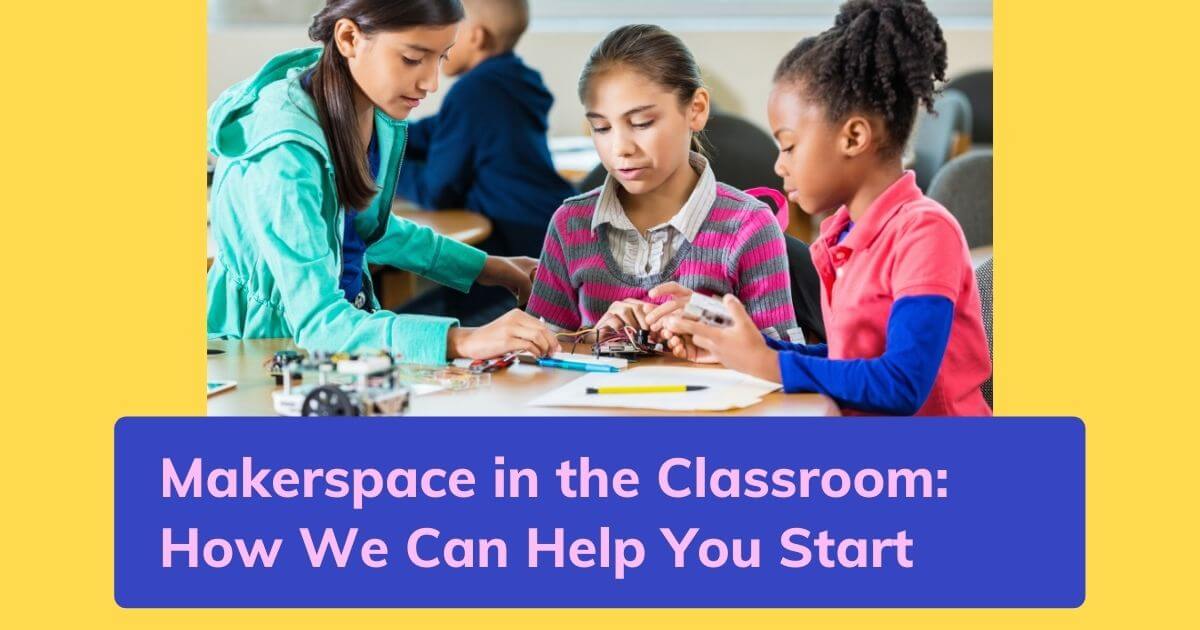
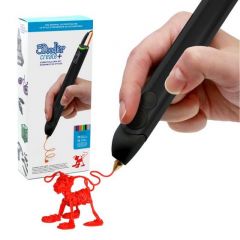
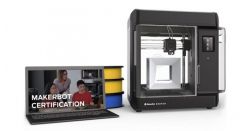
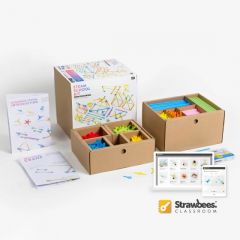
I am the owner of a school in Monterrey, Mexico. We are interested in implementing a Makerspace (STEM) Lab. We are not quite sure what to include, and/or how to design it. Is that a service you can provide? Thanks in advance.
Sincerely,
Dan Levinson
Yes, we can definitely do a consultation to help you figure out what to include in your makerspace! If you send an email to thadd@eduporium.com, he'll be able to assist you further.
Thanks!